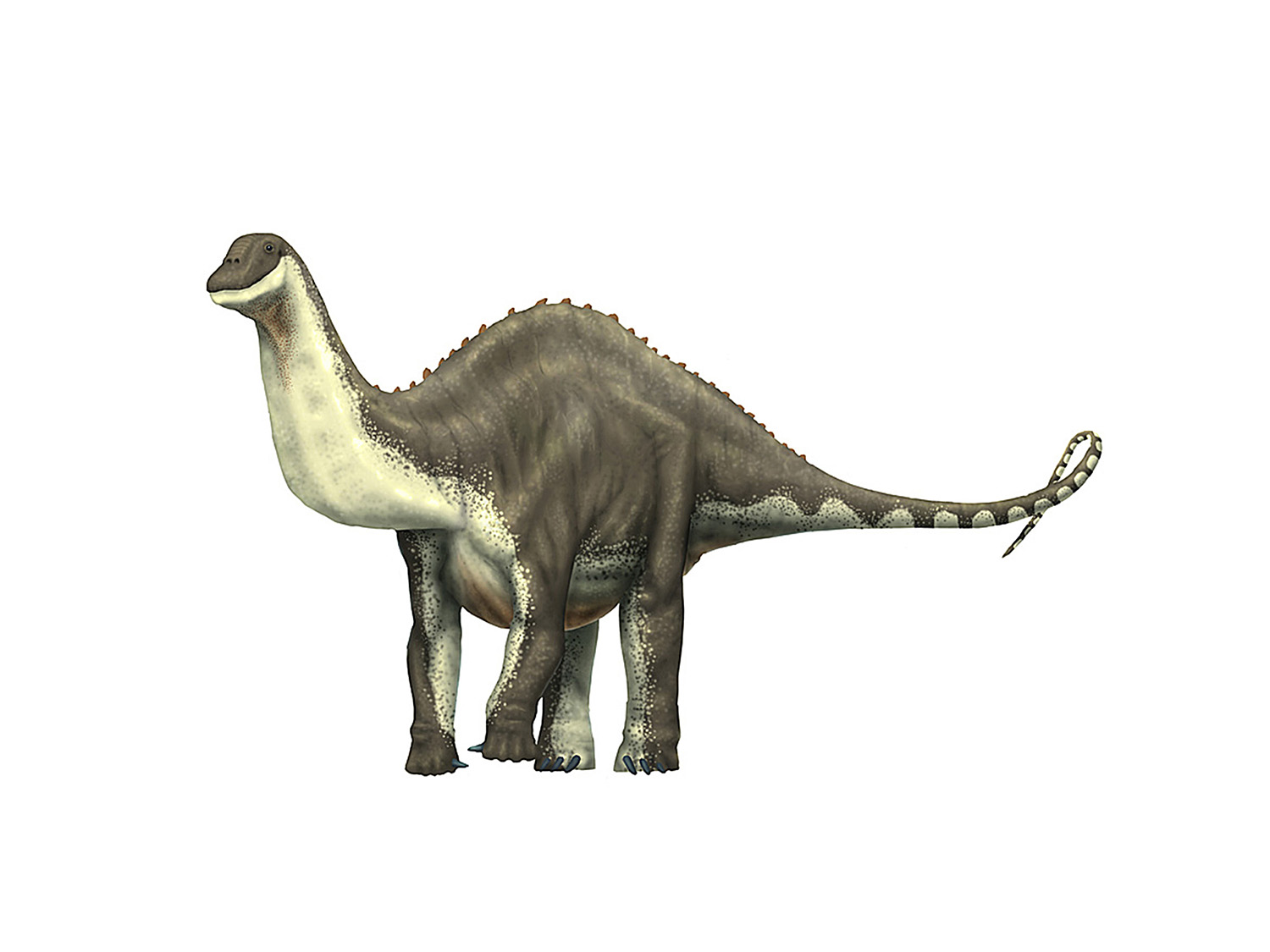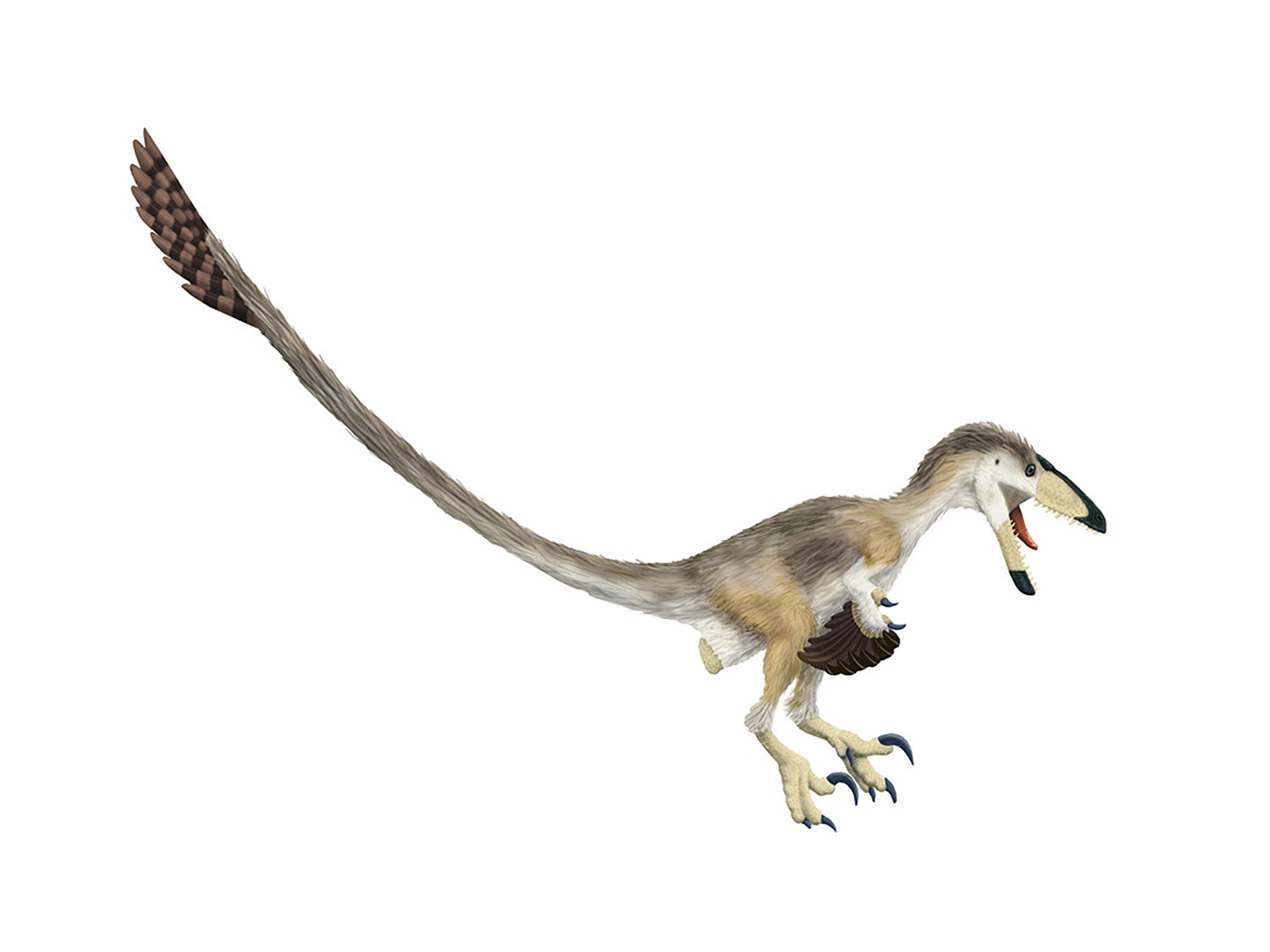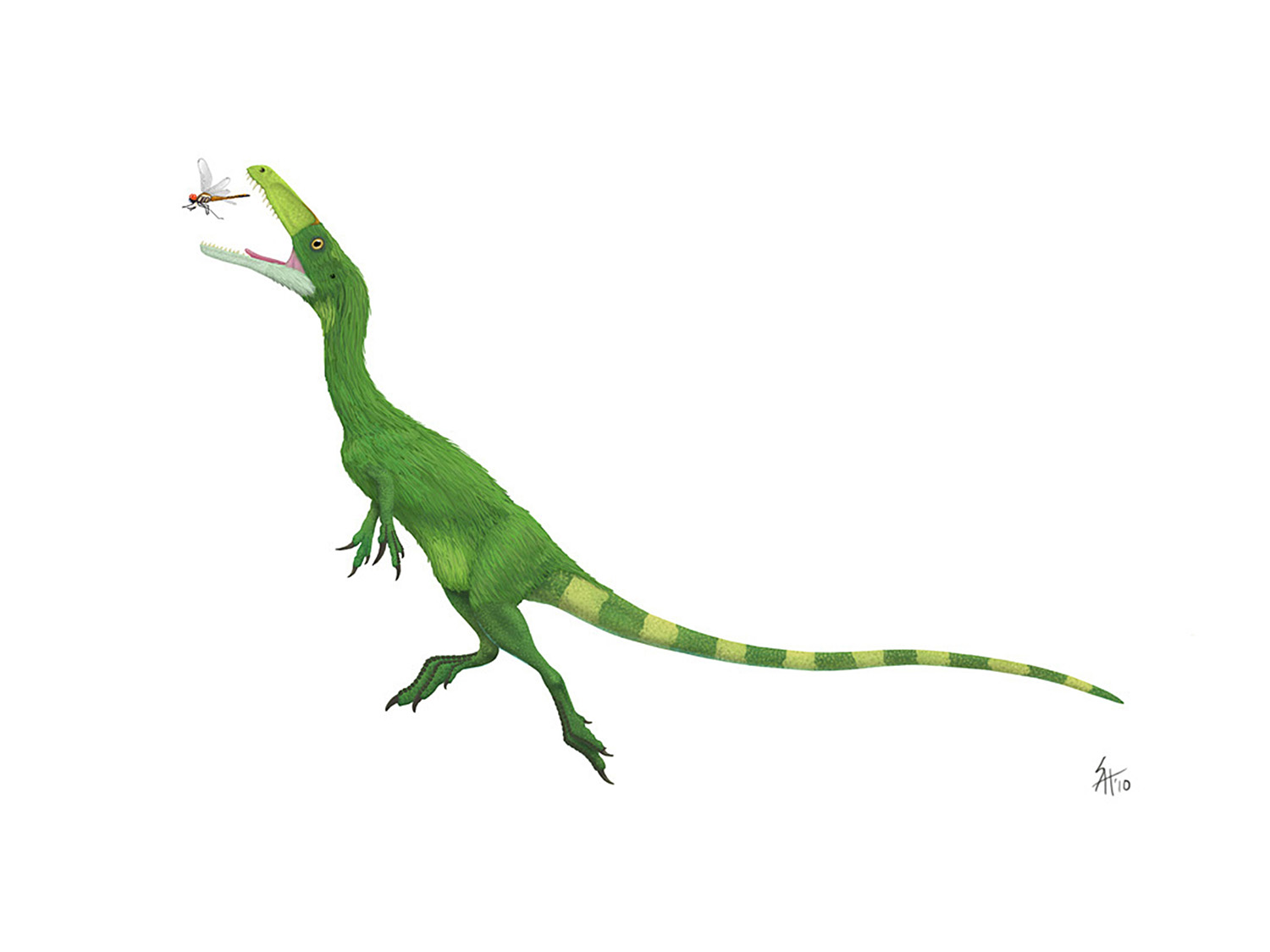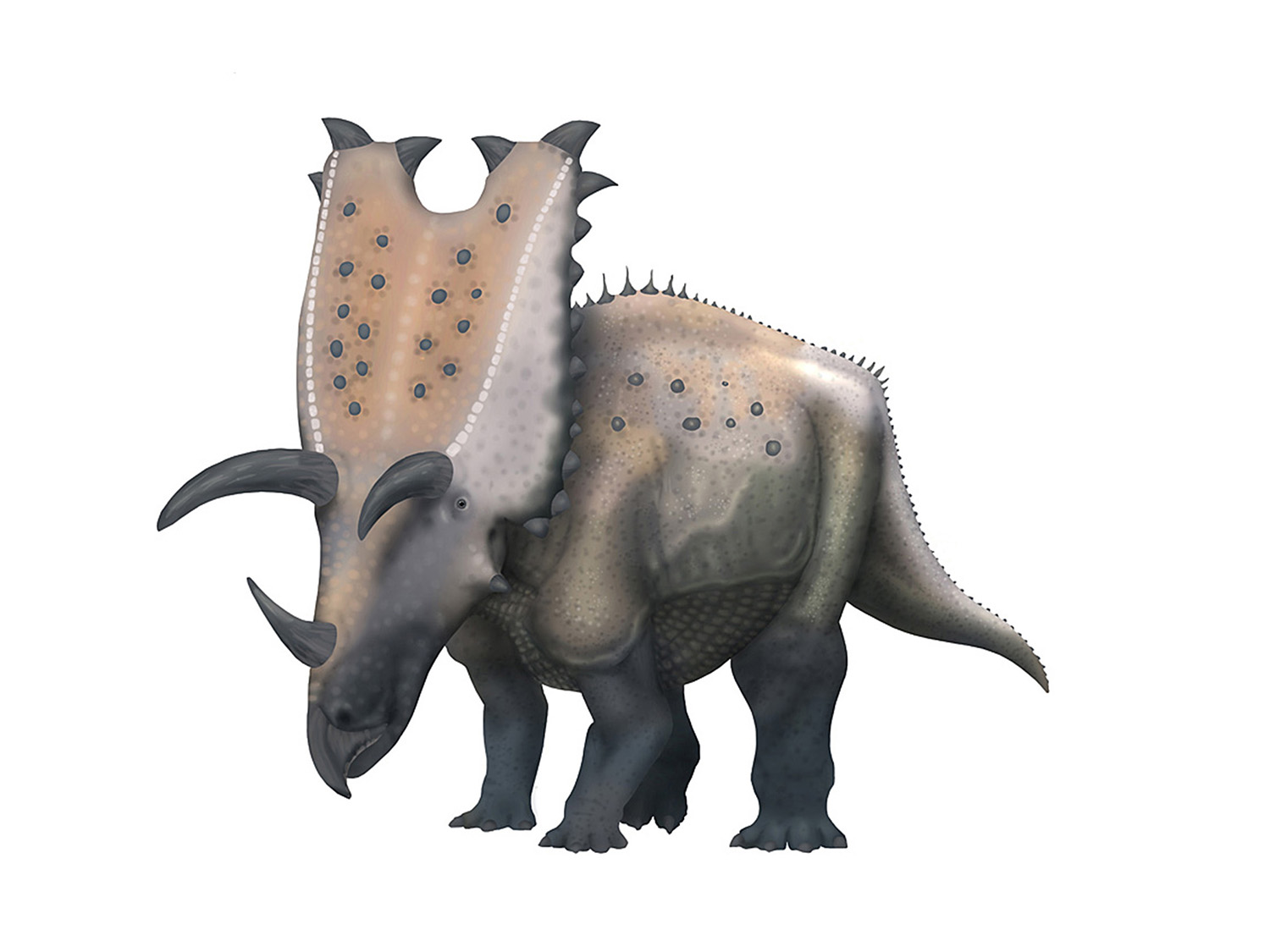Tails of Woe
/Welcome back! This will be a shorter article that continues the concern for tails that we established in the inaugural T. rex tail post a couple weeks ago. There is an all too common error that artists make when they attempt to impart a sense of to dynamic motion to their dinosaurs - and in particular to the dromaeosaurs. They flex the tail up at the base so sharply that it would break the tail...if not break the pelvis!
Tail Tales: Break Dancing
We all like lively dancing dinosaurs; after a century of seeing moribund dinosaurs in swamps it's understandable that modern artists want to convey the "awesomeness" of their subjects. If you ask me it can go too far sometimes - animals don't live their lives at 90 miles an hour - but we can all grasp the excitement of making a dynamic composition. One way to impart motion is to have the tail doing something dramatic. Alas, enhancing your dancing dinosaur this way without considering the anatomy may lead to an image where the animal has its tail disarticulated, or worse.
I mentioned dromaeosaur images tend to be among the worse offenders, and I know some of you are thinking "I've read that dromaeosaur tails can flex upwards at a 90 degree angle at the base of the tail!!!". And it's true, the first several tail vertebrae are modified in such a way as to provide an expanded degree of flexibility (for up and down motion...not so much side to side), which means they have the ability to tilt the tail up sharply, to intimidate a rival, or just to better fit on your piece of paper. But it's important to note that this tilt up takes place over the course of several vertebrae, meaning it can't happen like this:
At least it can't happen more than once unless the animal has good health insurance. Now I certainly don't want to pick on Chris Srnka here - he's a fine artist and a lot of people make this mistake - this was just a great image to demonstrate the problem. If you look at the image in handy-dandy X-ray format (as provided by Photoshop.
That red arrow is the steepest possible angle the tail could take emerging from the pelvis. Why? Dinosaur pelves have many vertebrae built into the sacrum (adding vertebrae to the sacrum is actually one of the characters that define what is and what isn't a dinosaur). That sacrum fuses together and to the pelvis in adults, but even in juveniles there are no moving parts involved.
Front is to the left, the tail would be to the right (Carpenter & Wilson, 2008)
See? There's just nothing that could move, even hypothetically. In the case of dromaeosaurs the tail flexes up by spreading that 80 or so degrees of motion over 6+ joints, so none is flexing more than 14 degrees. Here is a diagram of it:
So no more dromaeosaurs with tails growing out of their sacrum, please.
This isn't just a dromaeosaur problem either. Many artists try to arch the tail base up on dinosaurs who don't naturally do this, and in so doing end up disarticulating the tail (or breaking the sacrum). Even
Greg Paul's early Daspletosaurus painting fell prey to this temptation.

(Daspletosaurus, copyright Greg Paul, image from here.)
The problem is a bit more subtle in this painting, but the line of the vertebral column should extend gently down from the pelvis, while in this case it is flexed up right at the sacrum/tail juncture. This would require a 25-30 degree flexure right at the first tail vertebrae (or else some flexing of the sacrum), which isn't going to happen without making the animal wince in sharp pain and reach for some Advil poste haste - and tyrannosaurs have horribly adapted arms for taking pain killers.
There are some important exceptions here. Many sauropods, stegosaurs, and hadrosaurs have a bit of an upwards arch naturally at the tail base as it exits the pelvis. Obviously those should have a bit of an arch (how much depends on the species in question). But for most other dinosaurs, an arch of that magnitude isn't possible that immediately after the pelvis.
Sauropods like Mamenchisaurus have a natural flex in the tail base...but it still happens after the pelvis!
So remember, dinosaur tails may be flexible (depending on the group), but they aren't silly putty. The vertebrae still need to articulate, and any motion you put into the tail needs to start after the hips, as the sacrum just can't bend.
Till next time, don't create your own tails of woe!
References:
Barsbold, R. (1983). Carnivorous dinosaurs from the Cretaceous of Mongolia, Transactions of the Joint Soviet-Mongolian Paleontological Expedition v19, pp 5–119.
Carpenter, K. & Wilson, Y. (2008) A New Species of Camptosaurus (Ornithopoda: Dinosauria) from the Morrison Formation (Upper Jurassic) of Dinosaur National Monument, Utah, and a Biomechanical Analysis of Its Forelimb, Annals of Carnegie Museum, v76 n4, pp 227-263.
























